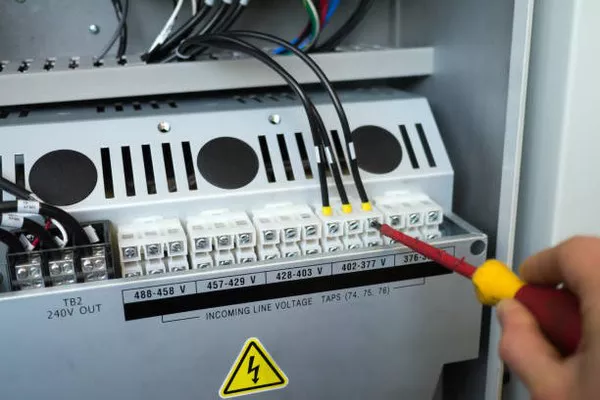In the realm of electronics and telecommunications, pulse transformers play a pivotal role in signal transmission and isolation. These specialized transformers are designed to handle rapid changes in electrical signals, making them crucial components in applications such as power electronics, communication systems, and digital circuitry. In this article, we will delve into the fundamentals of pulse transformers, exploring their construction, applications, and the key factors that make them unique in the world of transformers.
Fundamentals of Pulse Transformers:
A pulse transformer is a type of transformer specifically designed to transmit rectangular electrical pulses. Unlike traditional transformers that operate with continuous sinusoidal waveforms, pulse transformers are optimized to handle short-duration, high-amplitude pulses. This specialization is crucial in applications where precise and rapid signal transmission is essential, such as in digital data communication and power electronics.
Construction:
The construction of a pulse transformer is similar to that of a conventional transformer, consisting of a primary winding, a secondary winding, and a magnetic core. However, the key difference lies in the design and materials used to accommodate the unique characteristics of pulse signals.
The winding ratio is a critical aspect of pulse transformer design. In many cases, the primary and secondary windings have different numbers of turns to achieve the desired voltage transformation ratio. This ratio determines the amplitude of the output pulse concerning the input pulse. Pulse transformers are often designed with a turns ratio that preserves the pulse width and amplitude, ensuring accurate signal reproduction.
Moreover, the magnetic core in a pulse transformer is carefully chosen to enhance its ability to transmit high-frequency pulses. Ferrite cores are commonly used due to their high permeability at higher frequencies, allowing efficient coupling between the primary and secondary windings. This ensures minimal distortion and loss in the transmitted pulse.
Applications:
Pulse transformers find widespread applications in various fields, owing to their ability to transmit high-frequency pulses accurately and reliably. Some key applications include:
Digital Communication: Pulse transformers are integral components in digital communication systems, where they facilitate the transmission of digital signals over long distances. They are commonly used in network interfaces, providing isolation and signal integrity.
Power Electronics: In power electronic circuits, pulse transformers are employed to couple and isolate signals between different components, such as in high-frequency power converters. This helps in managing and controlling the flow of power with precision.
Data Transmission: In data transmission systems, especially in Ethernet and telecommunications networks, pulse transformers are used to transmit and receive signals between devices while providing isolation and impedance matching.
Medical Equipment: Pulse transformers are utilized in medical equipment, particularly in devices that require accurate and rapid signal transmission, such as magnetic resonance imaging (MRI) machines and high-frequency medical instrumentation.
Key Characteristics:
Several characteristics distinguish pulse transformers from their conventional counterparts:
High Frequency Response: Pulse transformers are designed to operate efficiently at high frequencies, ensuring minimal distortion and loss in transmitted pulses. This makes them suitable for applications involving rapid signal changes.
Isolation: One of the critical functions of pulse transformers is to provide electrical isolation between the input and output circuits. This is crucial in applications where safety and signal integrity are paramount.
Precision: Pulse transformers maintain the shape and amplitude of input pulses in the output signal, ensuring accurate signal reproduction. This precision is vital in applications such as data transmission and high-frequency instrumentation.
Compact Design: Pulse transformers are often designed to be compact and lightweight, making them suitable for integration into various electronic devices where space is a premium.
See Also What Does A Flyback Transformer Do
Conclusion:
In conclusion, pulse transformers are indispensable components in modern electronics, enabling the reliable transmission of high-frequency pulses in applications ranging from digital communication to power electronics. Their unique design, characterized by high-frequency response, precision, and isolation capabilities, sets them apart from traditional transformers. As technology continues to advance, the demand for pulse transformers is expected to grow, driving further innovation in their design and applications. Understanding the fundamentals of pulse transformers is essential for engineers and enthusiasts alike, as they continue to play a pivotal role in shaping the future of electronic and communication systems.

